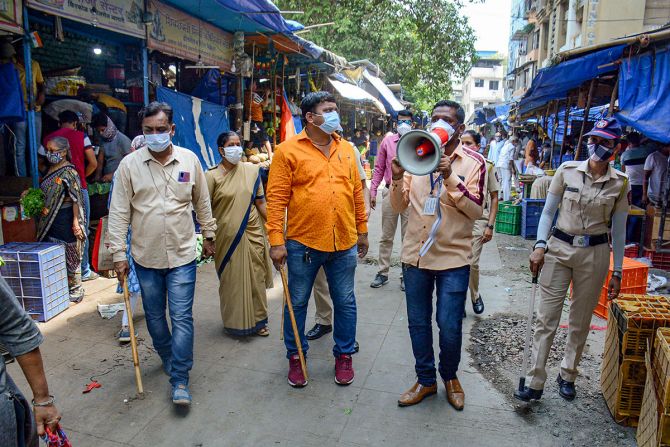As the second wave sweeps through the country, restrictions on movement and public activity are not as strict, even though the caseload and death rate is worse than before, reports Abhishek Waghmare.

During the first wave of Covid-19 last year, the entire country was under a lockdown for more than two months. This time, as the second wave sweeps through the country, restrictions on movement and public activity are not as strict, even though the caseload and death rate is worse than before.
One reason is that this time, it is the states -- and not the Centre -- that are deciding the extent of the restrictions. This has resulted in varying degrees of restrictions across the country.
This chart maps these curbs across three categories with increasing intensity: night curfew, weekend lockdown and strict lockdown.
It must, however, be noted that the timings and relaxations differ among states. Schools are closed in most states, while essential goods and services are allowed in most.
Maharashtra is contemplating a stricter lockdown to counter the situation.
All over India, hospitals are running full, and there is shortage of essential medicines and oxygen in most states.
In some places, traders and commerce bodies have opposed a full lockdown, citing a threat to their businesses.
India is clocking close to 300,000 new infections a day, and the death toll is going past 2,000 per day.
Lockdowns may not be the solution, but with slow progress on vaccination, they might be inevitable.













 © 2025
© 2025